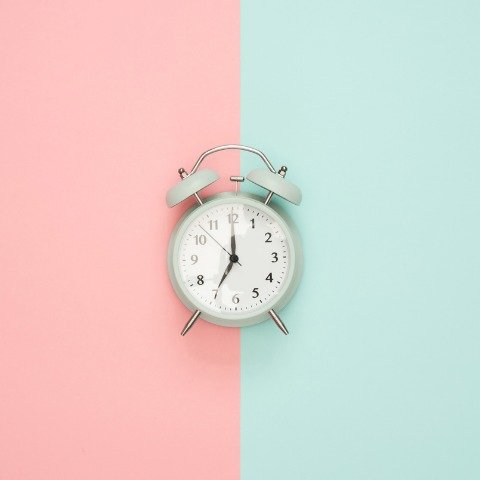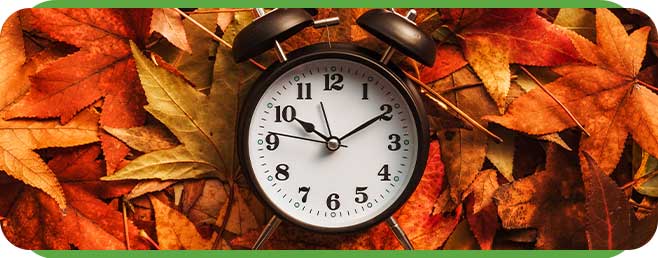

So while it affects how we set our clocks, it doesn’t actually alter time itself. Remember what I talked about above- daylight savings time was a concept created by people to make the most out of their time. When it ends, you “lose” that hour as you return to your normal standard time. When daylight savings time begins, it “adds” an hour to a location’s standard time.

So while the sun is rising in Los Angeles, people in Sydney may be getting ready for bed!ĭaylight savings time affects a location’s standard time by modifying it by one hour at the designated time each year- either an hour forward in spring or an hour backward in fall. Standard time is the local time of any region based on what time zone it exists in.įor example, the standard time in Los Angeles is different than the standard time in Miami, or the standard time in Sydney because they’re all located in different time zones. The earth rotates on its axis about 15 degrees per 60 minutes, and each 15-degree section becomes a time zone. Time in any location is influenced by the earth’s position in relation to the sun, which is what creates the different time zones across the world. The main difference between daylight savings time and standard time is that standard time is determined by science, while daylight savings time is determined by people. The Difference Between Daylight Savings Time and Standard Time This gave areas that wanted to opt out of DST the opportunity to do so while also establishing a synchronized DST schedule across the whole country to keep things in sync after each time change. Until 1966, there were no set rules for daylight saving time, leading to a lot of confusion up until the passing of the Uniform Time Act of 1966. Roosevelt during World War II, calling it “War Time.” It was reintroduced by President Franklin D. The United States first observed DST in 1918, where it was called “Fast Time,” but it was repealed less than a year later. It ends on the first Sunday of November when you set your clocks back an hour, or “fall back.” Daylight saving time in the US begins at 2:00 AM local time on the second Sunday in March, when you “spring forward,” or set your clock forward one hour. The United States is only one of about 70 countries to use DST- however, parts of Arizona and all of Hawaii do not observe it. However, it was actually first invented in New Zealand in 1895. It was intended to make as much use of daytime as possible and save energy.
DAYLIGHT SAVING TIMING HOW TO
Before we get into how to adjust to daylight savings time, let’s take a brief look at its history, and why you may feel so tired after the change.ĭaylight savings time, also known as daylight saving time (DST) was first used in Thunder Bay, Canada in 1908. Thankfully though, all this can be avoided with a few easy changes to your routine in the week leading up to the time change. But for a lot of people, daylight savings time means daytime sleepiness, sluggishness, and exhaustion. When you think about daylight savings time, do you immediately think about getting more sleep or less? For some people, the time change is no big deal.


 0 kommentar(er)
0 kommentar(er)
